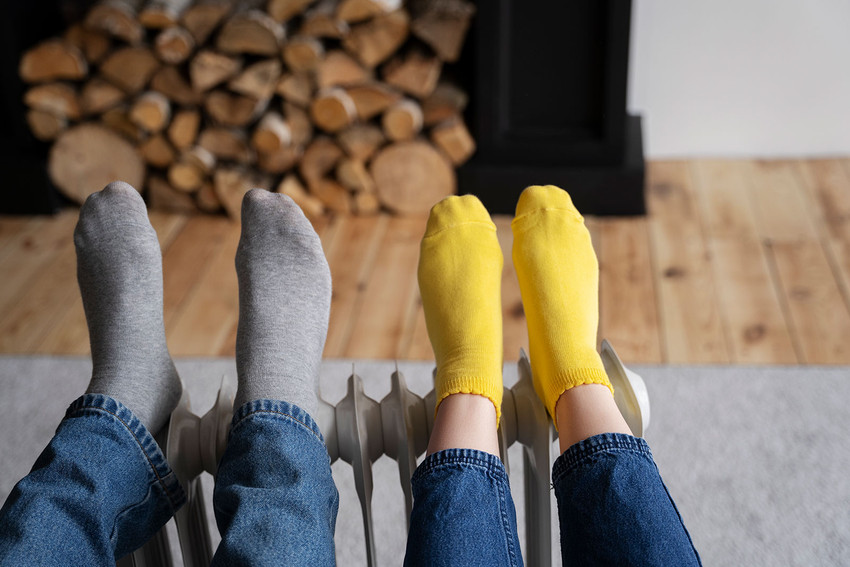Learning Center - Sizing
Posted by EcoSox on May 9th 2023
Learning Center - Sizing
Finding the right sock sizes can be frustrating at the best of times. As any woman can tell you, manufacturers size brands differently, even when they’re supposed to be the same size! Finding socks that fit comfortably on your feet is important: you don’t want them riding too low or feeling too tightly stretched over your foot. In some cases, such as for those with diabetes, a poor fit can be dangerous. Tight socks can restrict blood flow. Additionally, the seams can cause sores that threaten more serious complications.
While it might seem logical that shoe sizes correlate directly with sock sizes, the truth is that they don’t always match up so easily. When you’re trying to find the right socks for you, this handy guide will help you narrow down the size that best suits your foot.
Typical Sizes
A sock’s size rating isn’t the same as one given for shoes, but most people assume they should be—which is why so many people end up buying socks that fit poorly. Where shoe sizes are more of a general measurement, sock sizes are meant to indicate the length of your foot in inches. Many have a range, which means they can stretch to accommodate different foot sizes. Some go beyond even this, as with plus-size socks or men’s extended-size socks.
This is the typical conversion of sock to shoe sizes:
- 9-11: US 5-10 (Women’s), 3-8 (Men’s); UK: 4-7.5
- 10-13: US 10.5-13 (Women’s), 7-12 (Men’s); UK: 8-12.5
- 14+: US 14+ (Women’s), 12+ (Men’s); UK: 13+
Most socks accommodate a range, so a pack of socks that says “10-12” is roughly analogous to a shoe size of 8-12 in men’s. Kids’ sizes are a little different, grouped into age ranges such as baby, toddler, and kids’ sizes. These sizes are usually a little more broadly applicable. Once kids get into the preteen and older stage, women’s socks will fit them.
A Sock for Every Setting
Socks come in a variety of shapes and sizes, from crew-cut and ankle length to calf-high and over-the-knee socks. Each of these suits different style needs. Whether you need extra cushioning and moisture-wicking for athletic activities or diabetic socks to help protect an at-risk patient’s feet, there might be a special sock for you.
Plus-size socks give people who need a little more leg room some options. For plus-size women’s needs, sometimes men’s socks will do. Wide-calf knee-high socks can accommodate even the curviest calves.
Plant-Based Fibers
Socks made from plant-based fibers, like bamboo viscose, are woven of a naturally renewable and soft, antimicrobial fiber. These fibers absorb moisture better than cotton, last longer, and provide more support. While it might not be your typical sock, those made from bamboo viscose and other plant-based materials offer better attributes and work better for people in all walks of life—literally!

